M20 Trifid Nebula in SHO
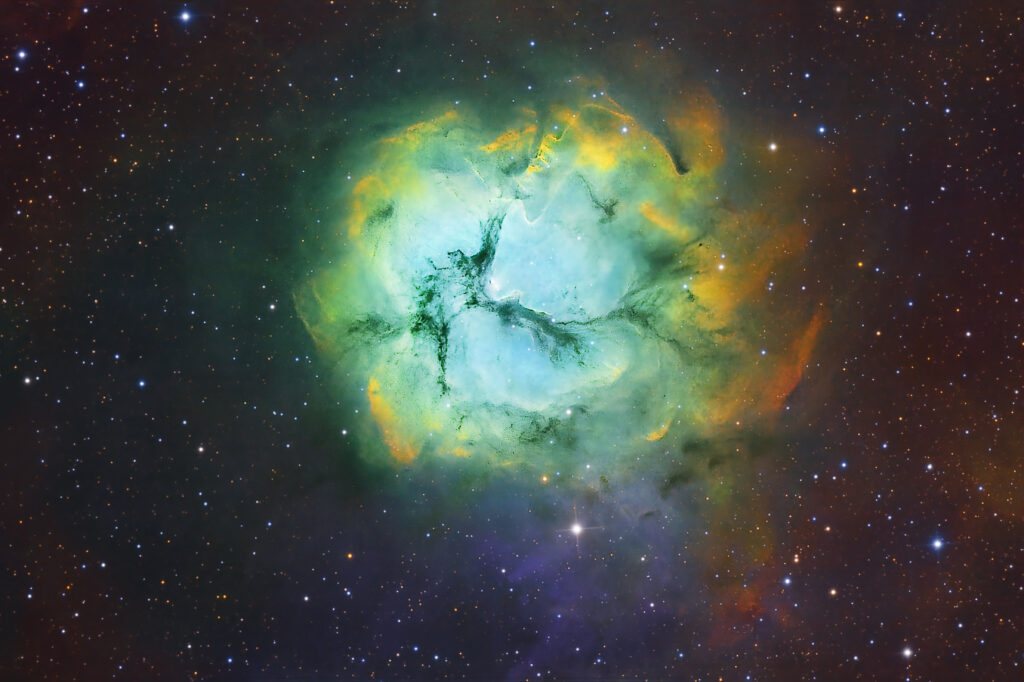
Trifid Nebula in SHO, 300sec. subframes at -25 C., Planewave CDK24 and QHY 600M Pro, from Rio Hurtado Valley, Chile – Telescopelive network.
Astrobin: https://www.astrobin.com/3em4g7/

Trifid Nebula in SHO, 300sec. subframes at -25 C., Planewave CDK24 and QHY 600M Pro, from Rio Hurtado Valley, Chile – Telescopelive network.
Astrobin: https://www.astrobin.com/3em4g7/
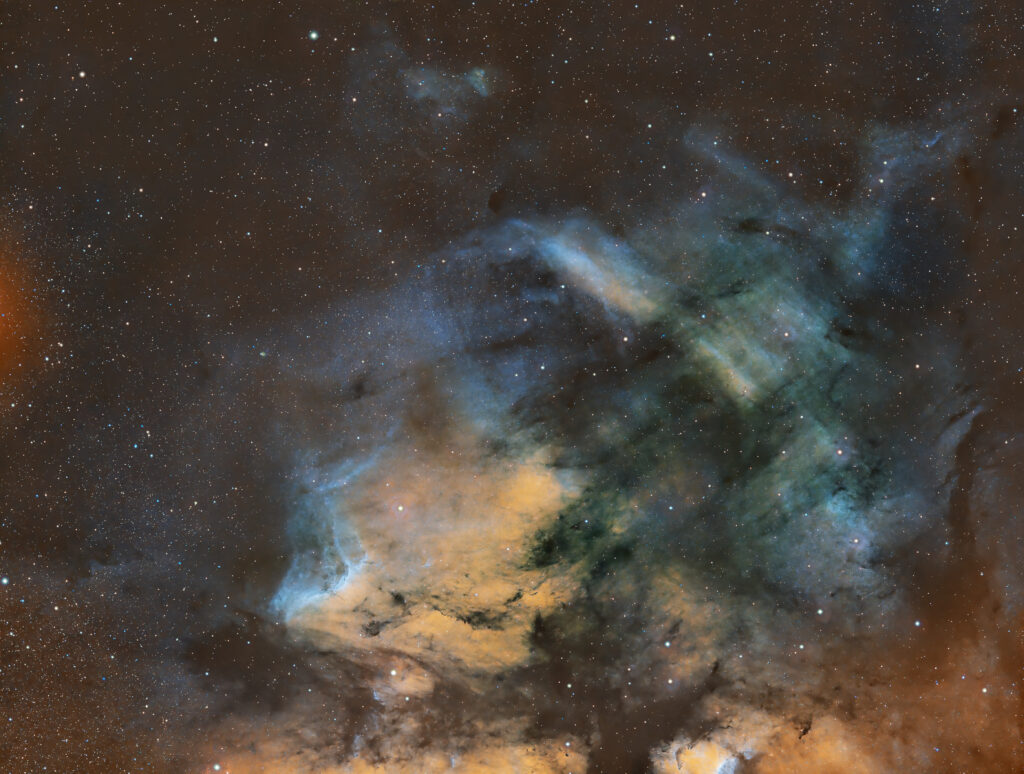
HIP102483 Cygnus region in narrowband, SHO and Hbeta channels.
This is the first of a couple of panel mosaic of narrowband recording focused about NGC7000 region in Cygnus; subframes of 180sec at -20C taken between 28/05/2023 and 22/08/2023 with ASI1600mm Pro under William Optics Redcat 51, mont EQM35 Pro.
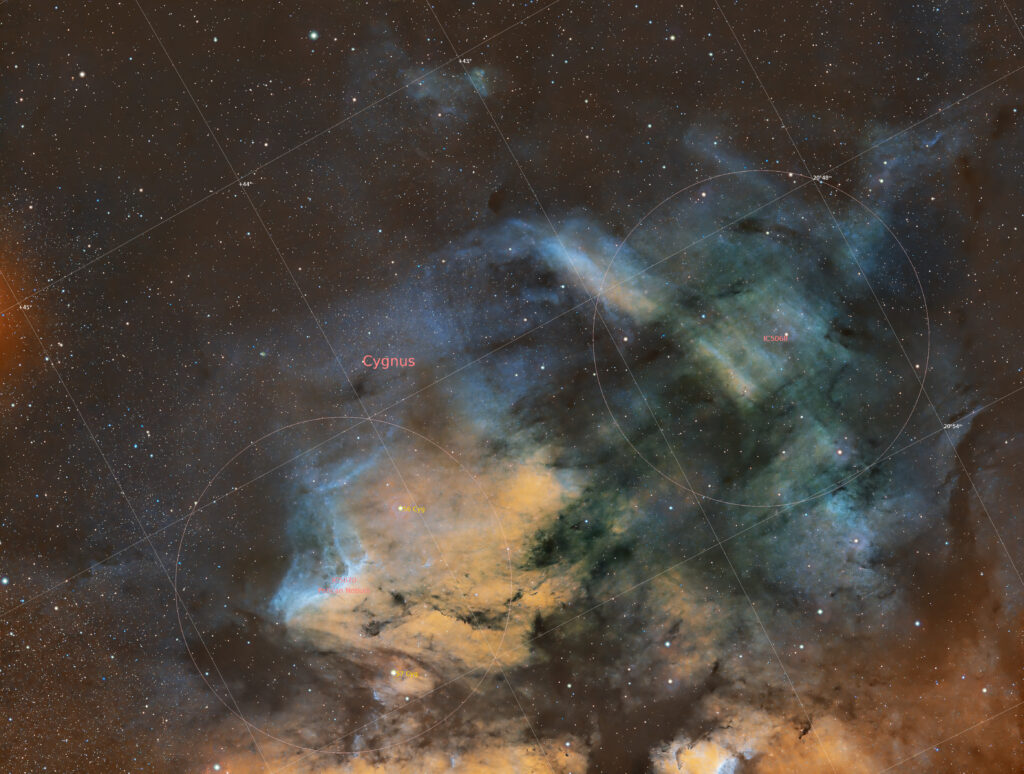
SHO classic palette integration, with annotations
Ha Oiii and Hbeta palette integration
My preferred integration, with Sii for red channel, Ha for green and Oiii + Hbeta for blue.
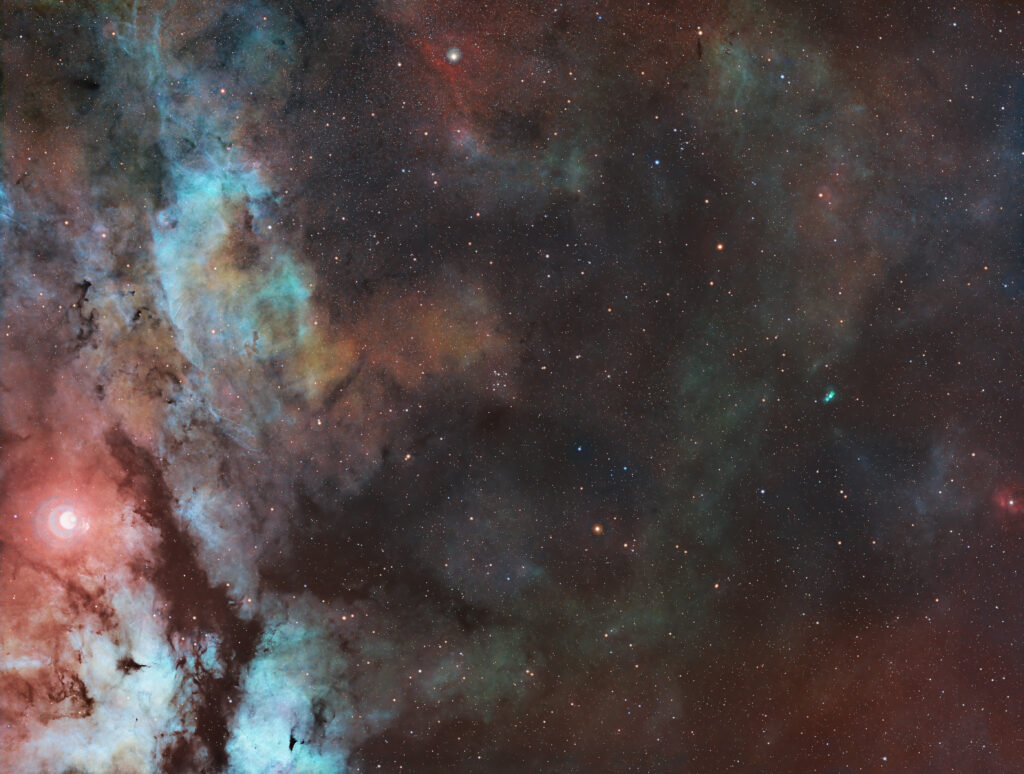
M29 region in narroband, Sii Ha and Oiii+Hb; Hydrogen Beta records I used to integrate Oxigen channel.
Setup is: William Optics Redcat 51 with ASI1600mm Pro, 180 sec. subframes recorded between 02/03/2023 and 31/07/2023; complete framelist available here > https://e.pcloud.link/publink/show?code=XZPA5WZ0i2eg9u3LjkdNdt14IDiRkQBfpVX
This is the second panel of a mosaic project I’m actually postprocessing.
Starless stage made during postprocessing.
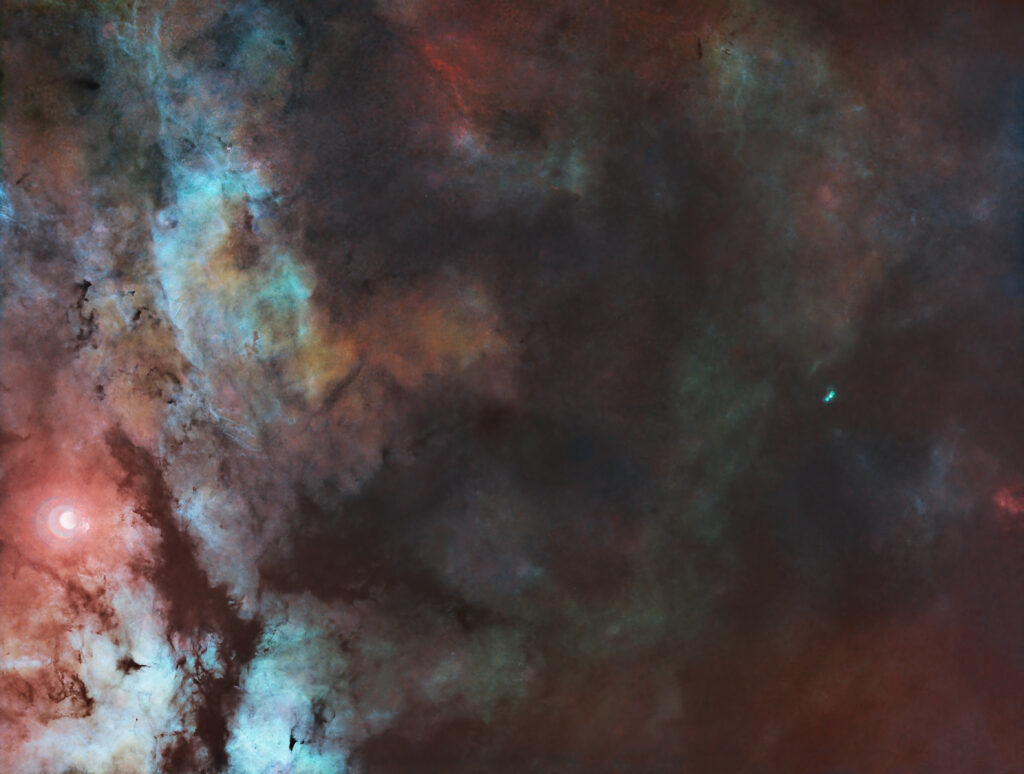
Final starry image made in Photoshop; .psd file with layers and adjustements available here > https://e.pcloud.link/publink/show?code=XZBA5WZR0XKpIdXIW08HcdAso5qckue4OV0
SHO integration
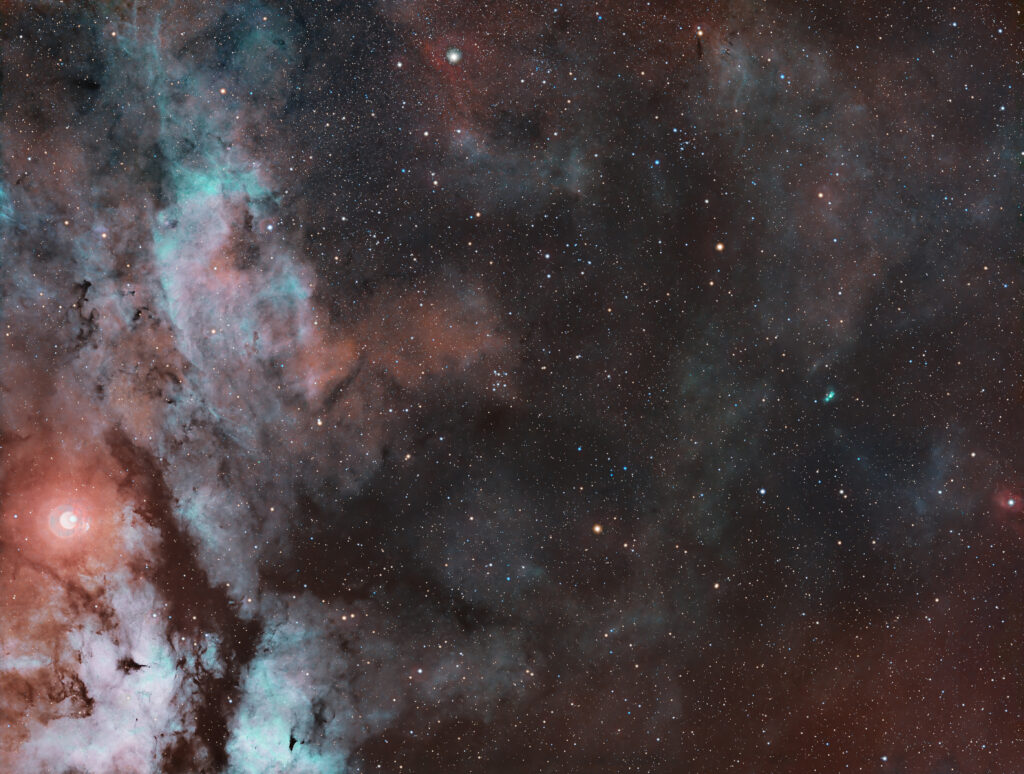
Ha Oiii Hbeta integration
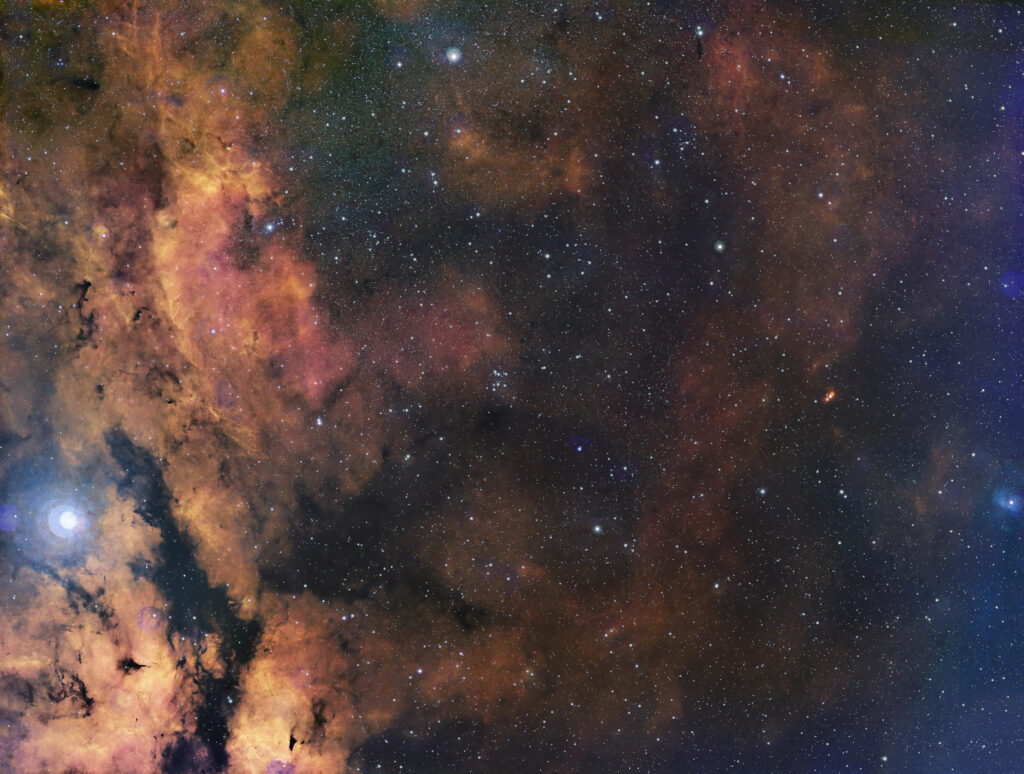
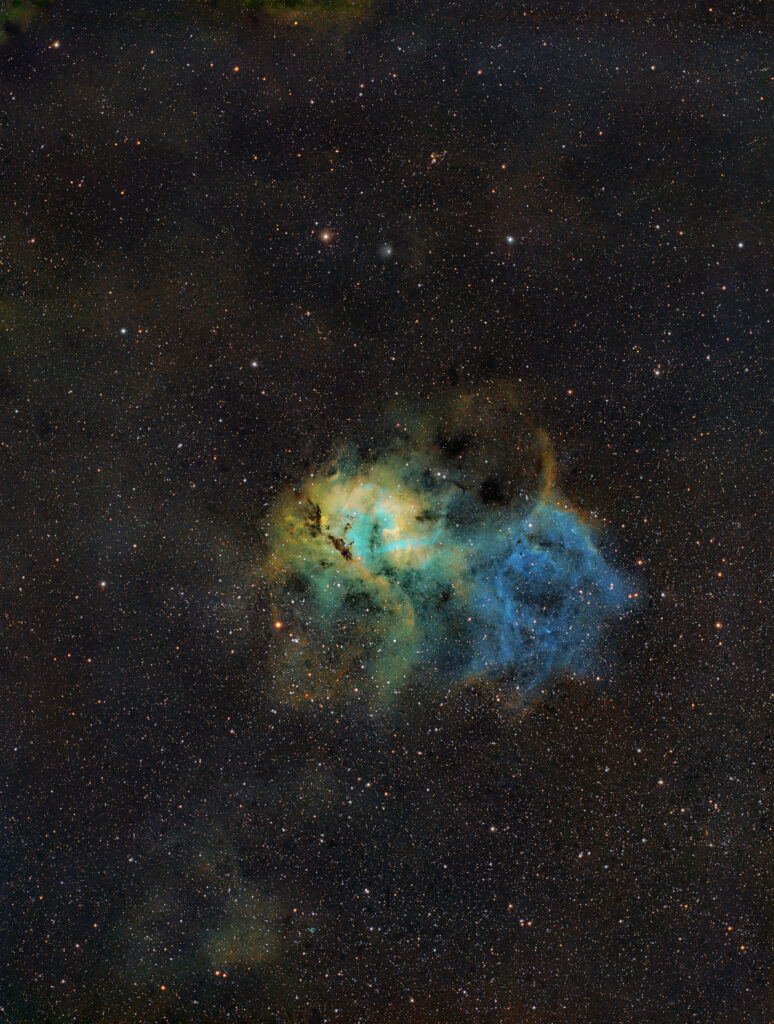
Astrobin:
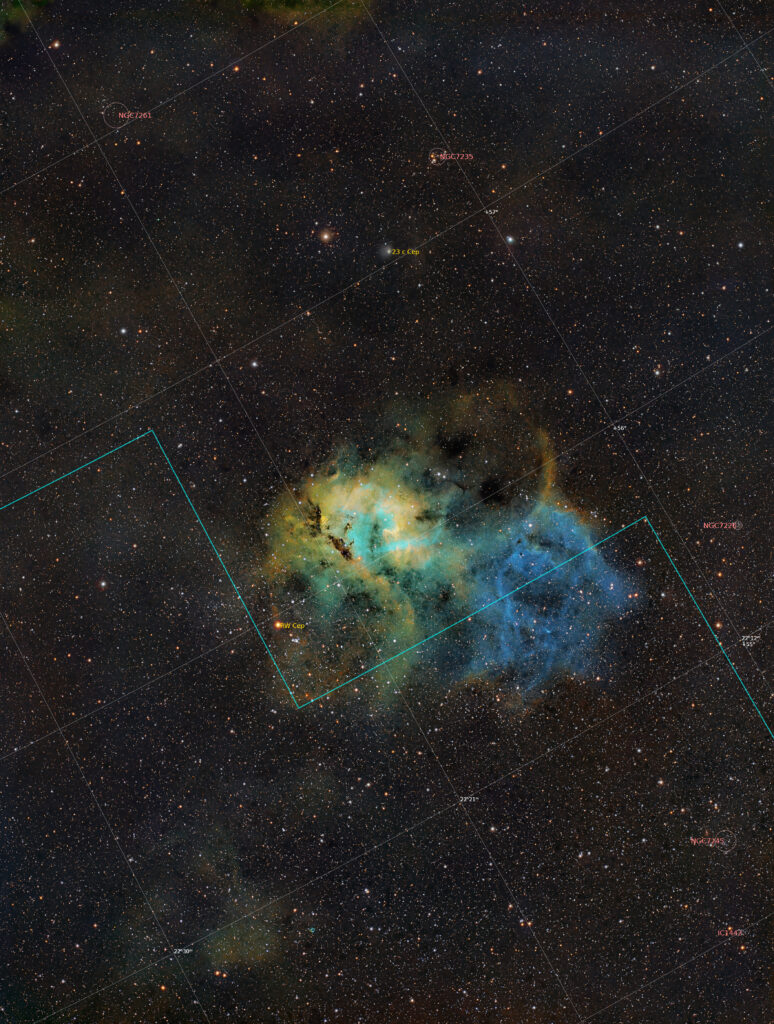
Starless
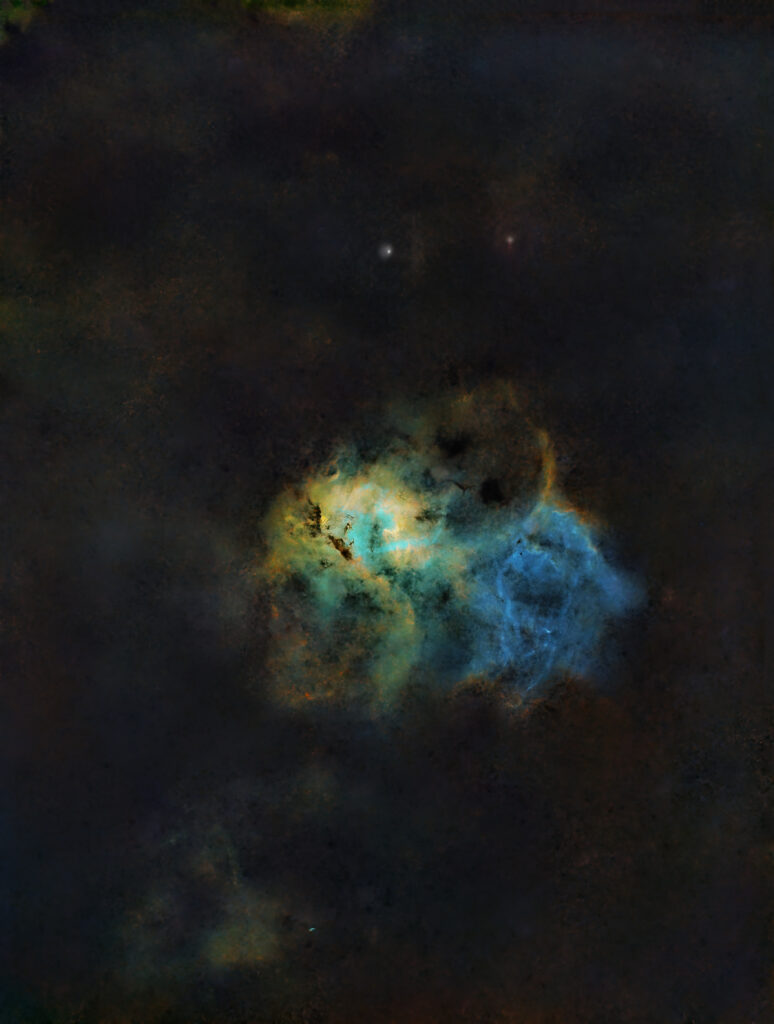
Crop
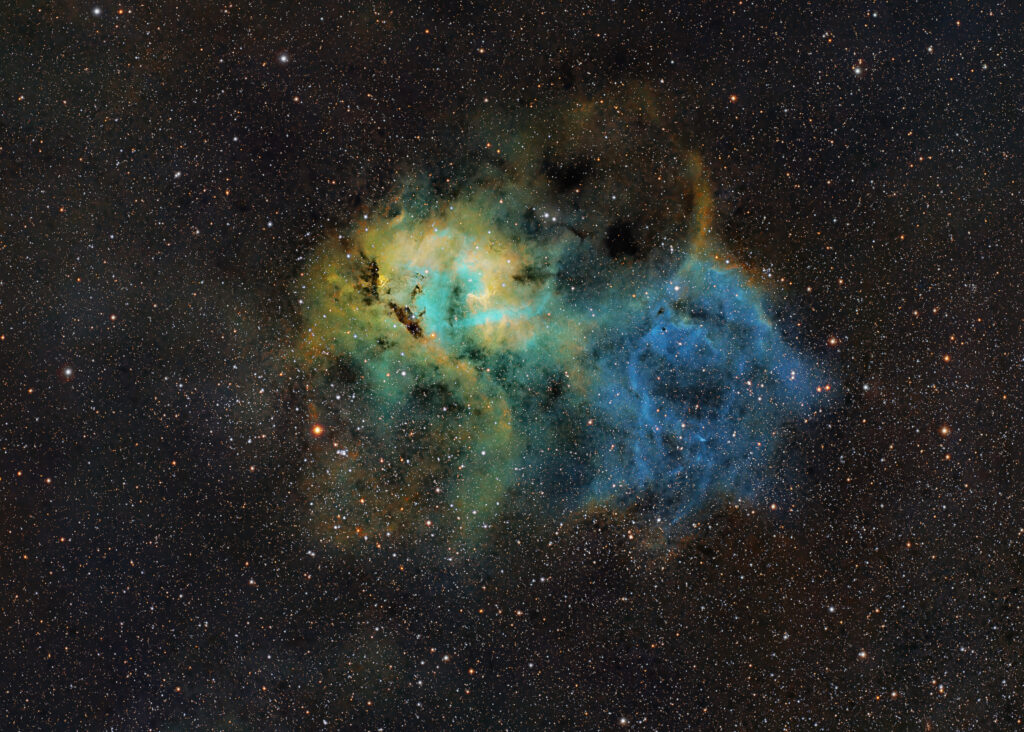
Crop and Starless
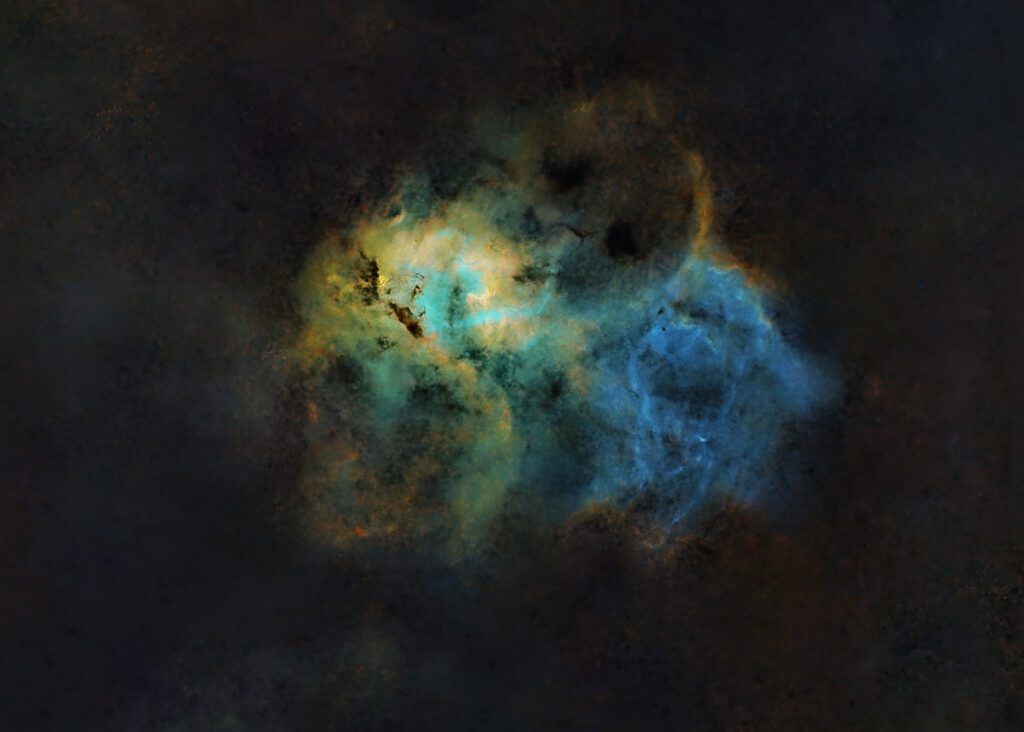
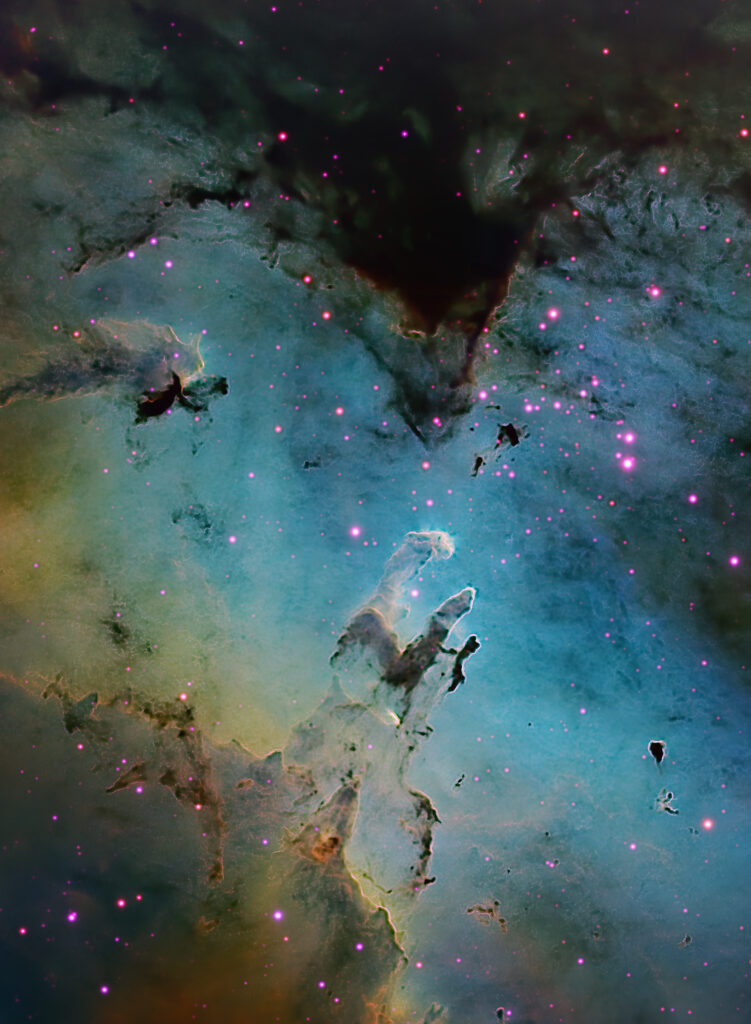
Astrobin:
M16 (NGC 6611) Eagle Nebula, or Star Queen Nebula, was discovered in 1745 by the Swiss astronome Jean-Philippe de Cheseaux while in 1745 and 1746, De Chéseaux compiled a list of 21 nebulous objects, of which he had originally discovered 8 objects: IC 4665, NGC 6633, M16, M25, M35 (this one might have seen before by John Bevis in England), M71, M4, and M17. Moreover, he independently re-discovered M6, NGC 6231 and M22 (No. 17).
De Chéseaux sent this list to his grandfather, Reaumur, in Paris, and it was read by Reaumur at a meeting of the French Academy of Sciences on August 6, 1746 and mentioned by Jean Maraldi in 1746 (Maraldi 1751), by Le Gentil in 1759 (Le Gentil 1765), but then stayed unpublished and more or less forgotten until Guillaume Bigourdan recovered and published it within a larger paper in 1884 (Bigourdan 1892).
For Cheseaux observation cfr.: http://www.messier.seds.org/xtra/similar/deches.html [18/07/2023]
M16 was independently rediscovered, and nebula IC 4703 discovered, by Charles Messier on June 3, 1764.
This nebula lies in the Sagittarius Arm of the Milky Way and became famous as the “Pillars of Creation” imaged by the Hubble Space Telescope.
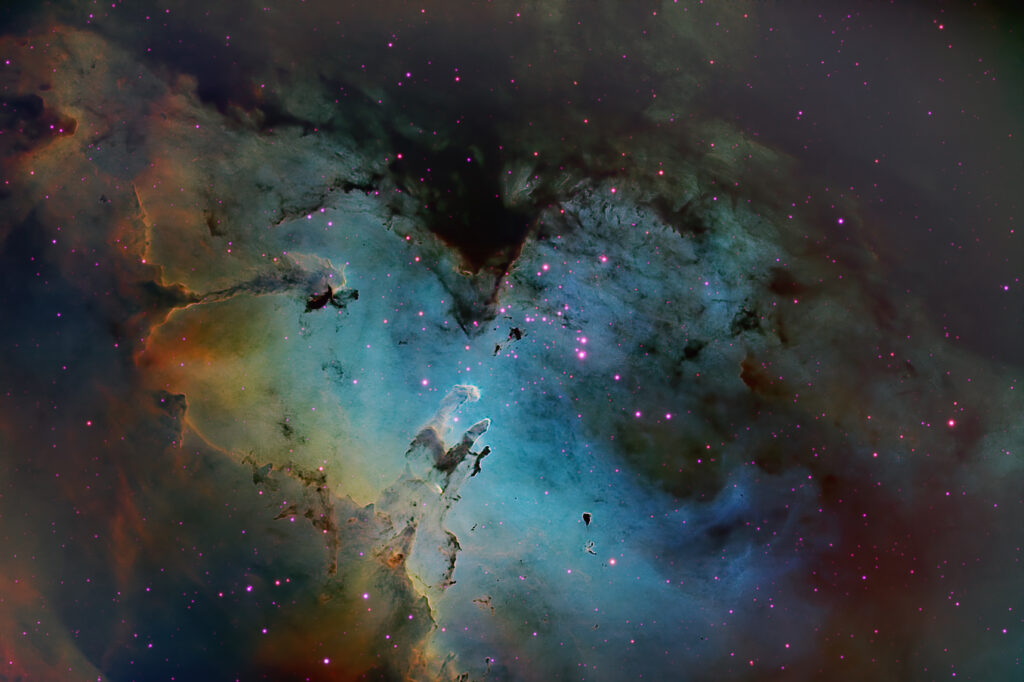
The nebula contains several active star-forming gas and dust regions, and is part of a diffuse emission nebula H II region, which is catalogued as IC 4703.
This region of active current star formation is about 5700 light-years distant.
According to NASA, ESA, and The Hubble Heritage Team (STScI/AURA) [ https://esahubble.org/images/heic0506b/ ] among peculiarities there’s the 90 trillion kilometers long spire of gas that can be seen coming off the nebula in the northeastern part appearing like a winged fairy-tale creature poised on a pedestal, this object is actually a billowing tower of cold gas and dust rising from a stellar nursery called the Eagle Nebula.
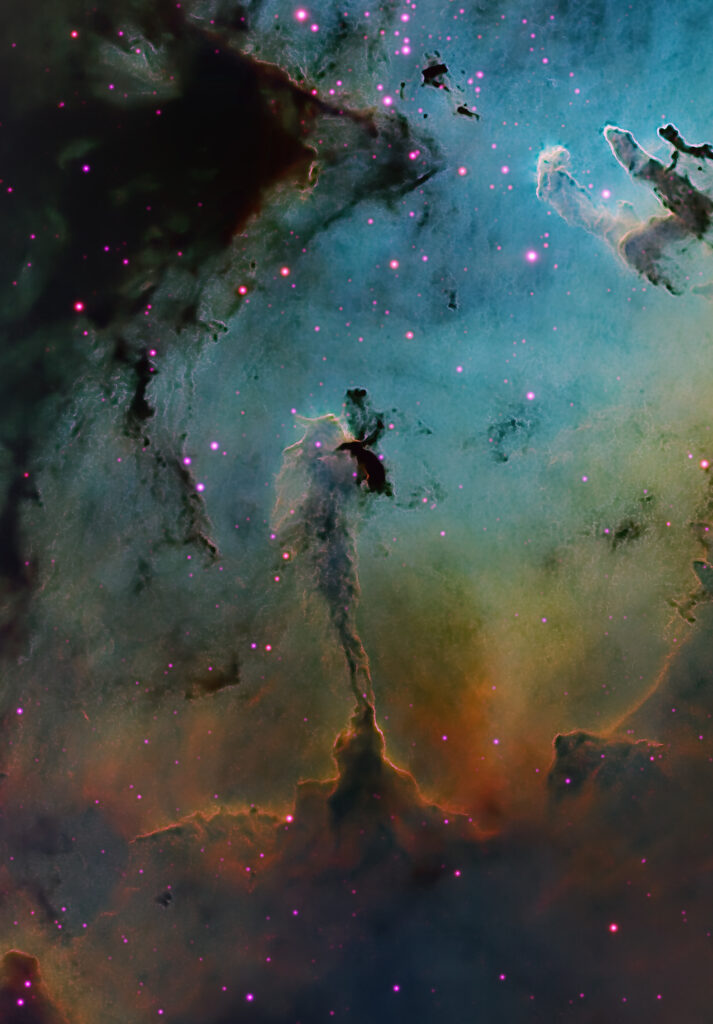
The name “Pillars of Creation” explains the gas and dust disposed in pillars clouds which are in the process of creating new stars, while also being eroded by the light from nearby stars that have recently formed, and it was given after the Hubble picture taken on April 1, 1995.
Astronomers responsible for the photo were Jeff Hester and Paul Scowen from Arizona State University.
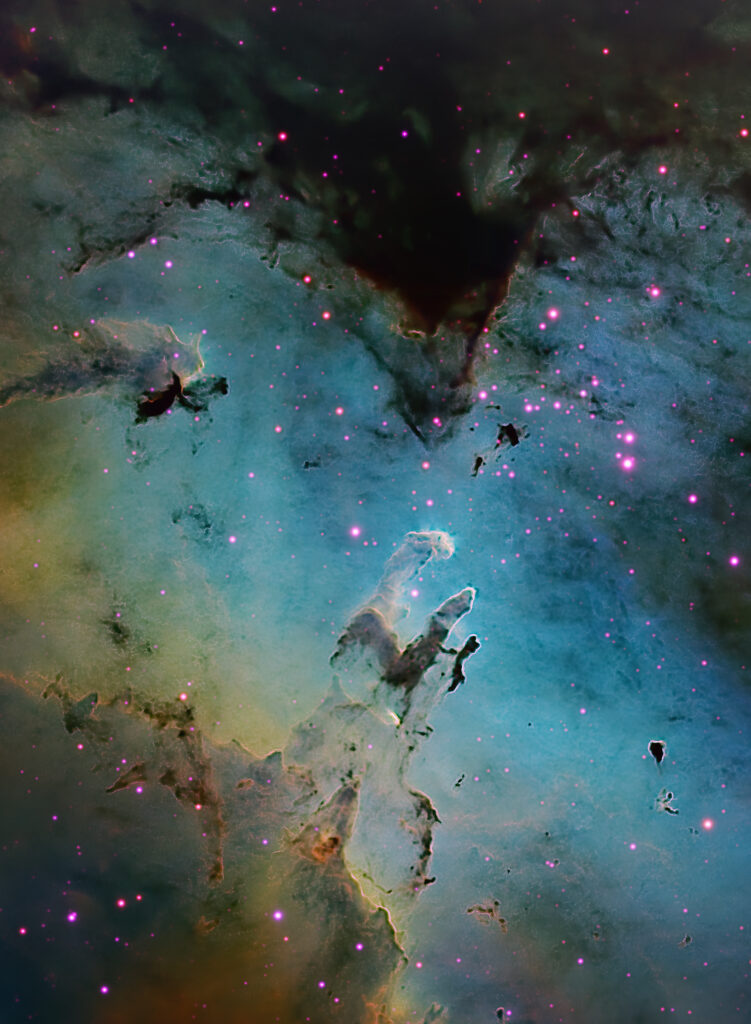
According to DeVorkin and Smith, 2015 [Devorkin, David H.; Smith, Robert W., 2015 “The Hubble Cosmos: 25 Years of New Vistas in Space.” National Geographic Society: 67 this name is based on a phrase used by Charles Spurgeon in his 1857 sermon “The Condescension of Christ”: by calling the Hubble’s spectacular image of the Eagle Nebula the Pillars of Creation, NASA scientists were tapping a rich symbolic tradition with centuries of meaning, bringing it into the modern age.
As much as we associate pillars with the classical temples of Greece and Rome, the concept of the pillars of creation – the very foundations that hold up the world and all that is in it – reverberates significantly in the Christian tradition. When William Jennings Bryan published The World’s Famous Orations in 1906, he included an 1857 sermon by London pastor Charles Haddon Spurgeon titled “The Condescension of Christ”. In it, Spurgeon uses the phrase to convey not only the physical world but also the force that keeps it all together, emanating from the divine: “And now wonder, ye angels,” Spurgeon says of the birth of Christ, “the Infinite has become an infant; he, upon whose shoulders the universe doth hang, hangs at his mother’s breast; He who created all things, and bears up the pillars of creation, hath now become so weak, that He must be carried by a woman!”
According to Bally et. Al., the pillars are composed of cool molecular hydrogen and dust that are being eroded by photoevaporation from the ultraviolet light of relatively close and hot stars. The leftmost pillar is about four light years in length. The finger-like protrusions at the top of the clouds are larger than the Solar System, and are made visible by the shadows of evaporating gaseous globules (EGGs), which shield the gas behind them from intense UV flux.[10] EGGs are themselves incubators of new stars.
The stars then emerge from the EGGs, which then are evaporated.
Cfr.: Bally, J.; Morse, J.; Reipurth, B. (1996). “The Birth of Stars: Herbig-Haro Jets, Accretion and Proto-Planetary Disks”. In Benvenuti, Piero; Macchetto, F.D.; Schreier, Ethan J. (eds.). Science with the Hubble Space Telescope – II. Proceedings of a workshop held in Paris, France, December 4–8, 1995. Space Telescope Science Institute. https://ui.adsabs.harvard.edu/abs/1996swhs.conf..491B/abstract [18/07/2023]
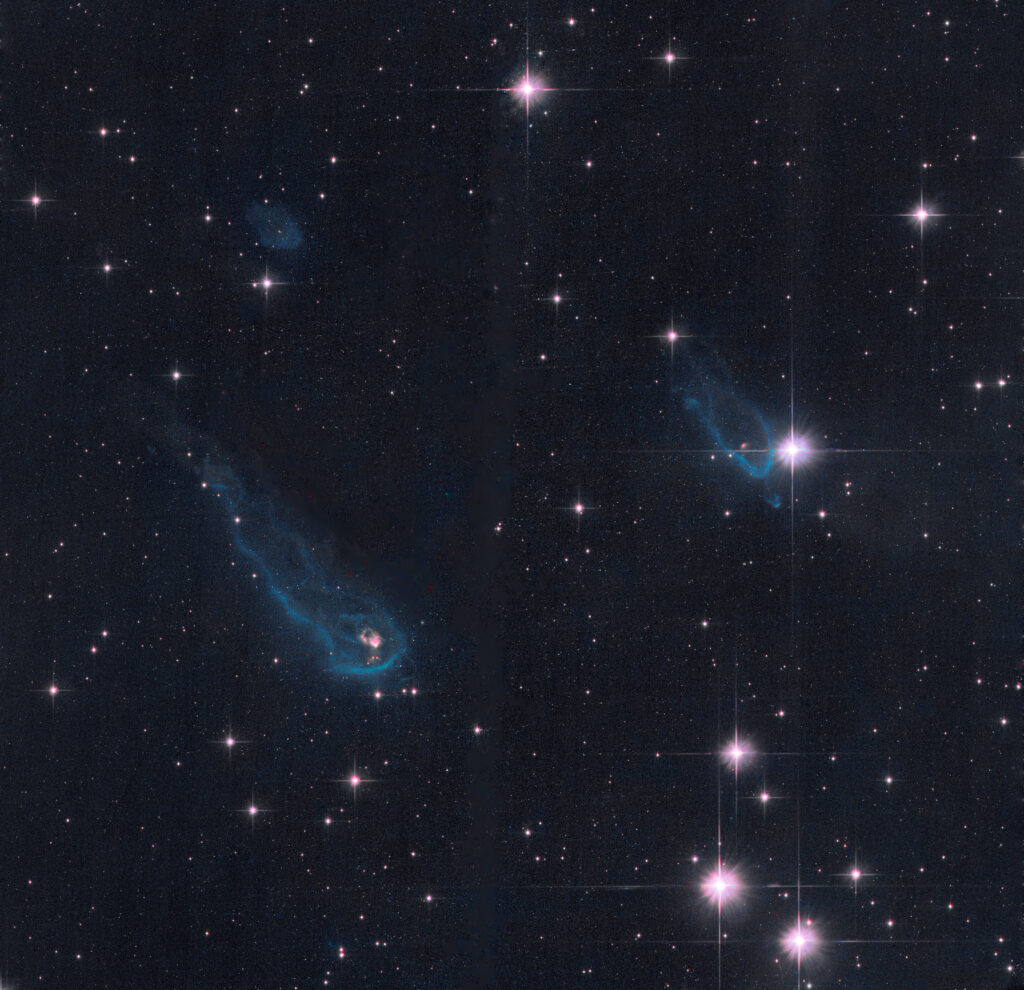
IRAS 20324+4057
Hubble Space Telescope, ACS/WFC, filters f606W, f658N, f814W
Calibrated .fit data retrieved from MAST – Mitsuki Archive for Space Telescopes
https://mast.stsci.edu/portal/Mashup/Clients/Mast/Portal.html
Very hard postproduction for hot pixel removing and color rendering of this incredible beauty.
Astrobin: https://www.astrobin.com/g3o3lr/
.fit data retrieved from MAST – Mitsuki Archive for Space Telescopes
https://mast.stsci.edu/portal/Mashup/Clients/Mast/Portal.html
Very hard postproduction for hot pixel removing and color rendering of this incredible beauty.
Photoshop master with layer available here : https://www.dropbox.com/s/fjpf511o096bt84/HST-IRAS%2020324%2B4057-f606Wf658Nf814W.psd
RAW .fit data available here (.zip folder) : https://www.dropbox.com/s/839zuqj48fnki0o/RAW%20.zip
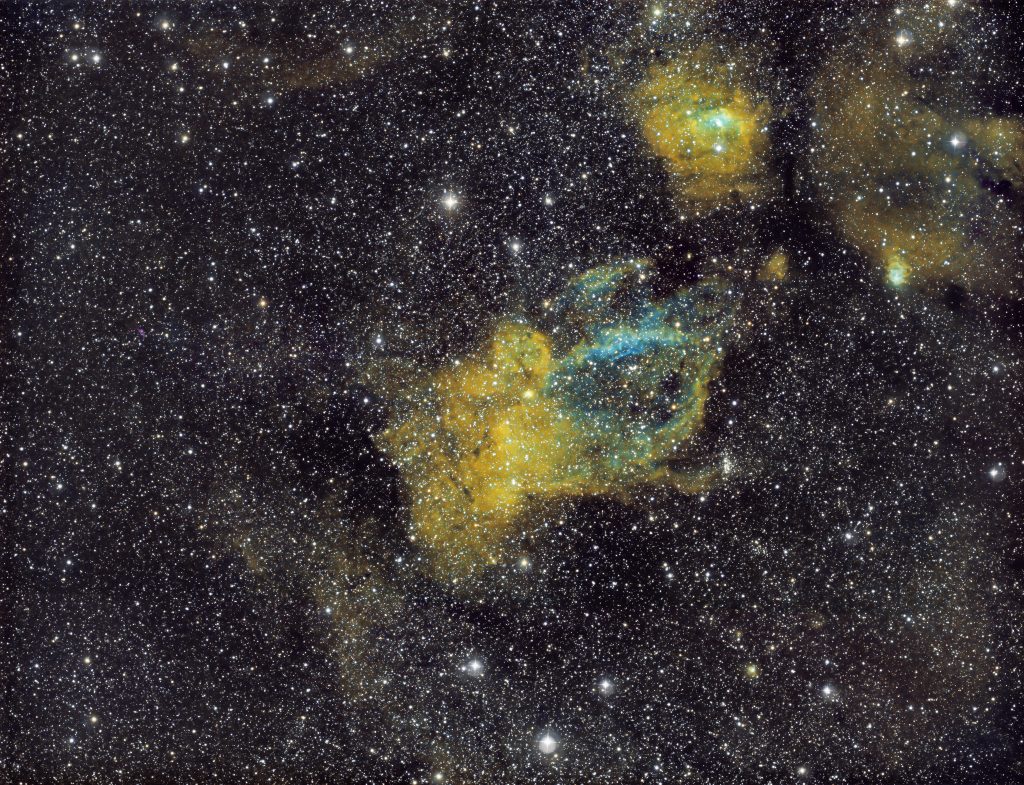
Astrobin: https://www.astrobin.com/kf7q9p/
Astrometry: https://nova.astrometry.net/user_images/6036245#annotated
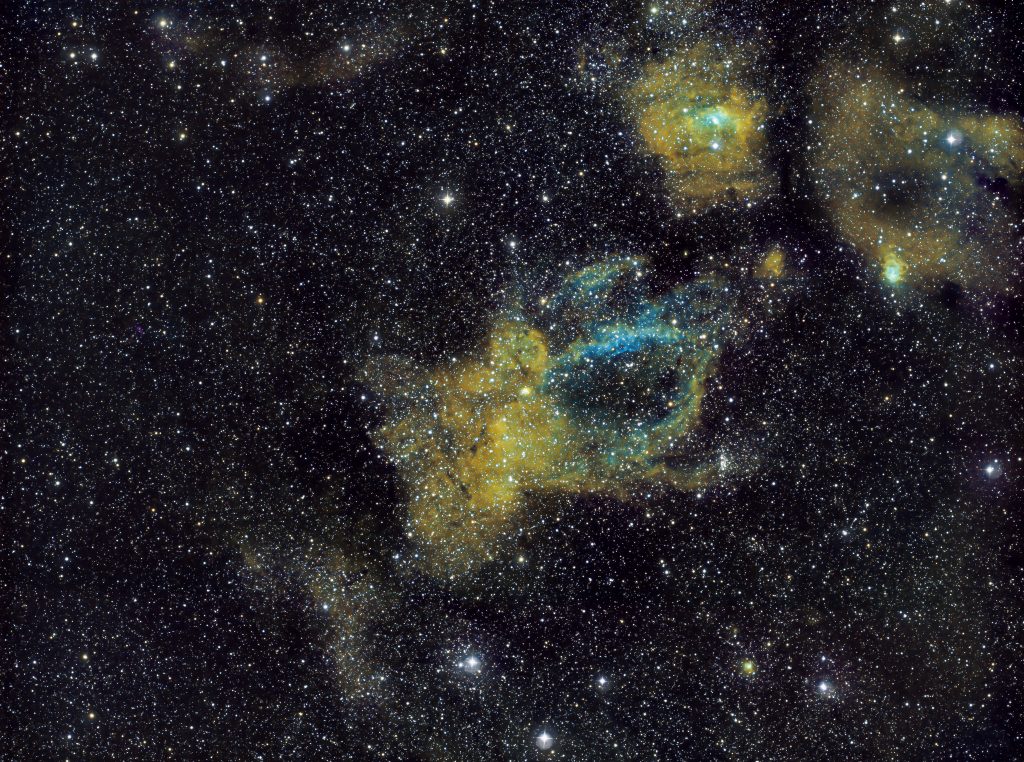
Telescopi O Obiettivi Di AcquisizioneWilliam Optics Redcat 51
Camere Di AcquisizioneZWO ASI1600MM Pro
Montature Sky-Watcher EQM-35
Filtri Astronomik H-alpha CCD 6nm · Astronomik OIII CCD 6nm · Astronomik SII CCD 6nm
AccessoriZWO ASIair Pro · ZWO EAF · ZWO EFW 8 x 1.25″ / 31mm
Software Adobe Lightroom · Adobe Photoshop · Pleiades Astrophoto PixInsight
Telescopi o Obiettivi di Guida QHYCCD Mini Guide Scope, Camere Di Guida ZWO ASI120MM Mini
Date:30 Aprile 2022 · 02 Maggio 2022Pose:
Astronomik H-alpha CCD 6nm: 99×180″ (4h 57′) (gain: 139.00) -20°C bin 1×1
Astronomik OIII CCD 6nm: 132×180″ (6h 36′) (gain: 139.00) -20°C bin 1×1
Astronomik SII CCD 6nm: 92×180″ (4h 36′) (gain: 139.00) -20°C bin 1×1
Integrazione:16h 9′
Dark:33, Flat:33, Dark dei flat:33
Giorno lunare medio:15.36 giorni
Fase lunare media:1.37%
Scala del Cielo Scuro Bortle:6.00
Dettagli astrometrici di base
Astrometry.net job: None
Risoluzione: 4544×3483
Luoghi: Home (balcony), Livorno, Livorno, Italia
Origine dei dati: Giardino
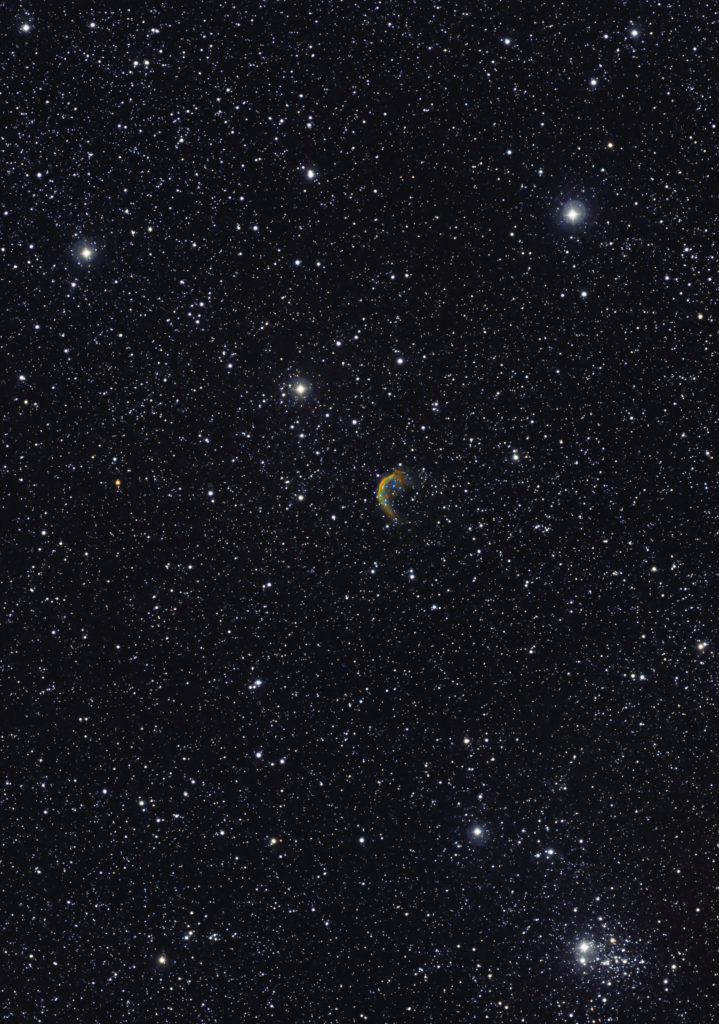
Astrobin:
Astrometry:
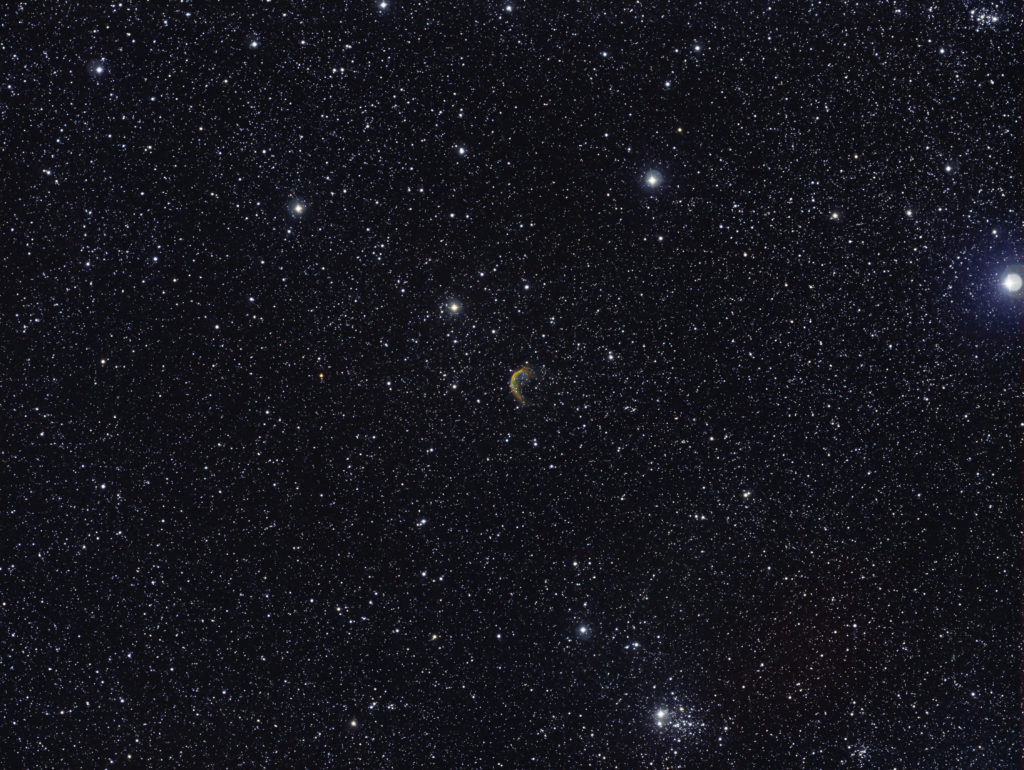
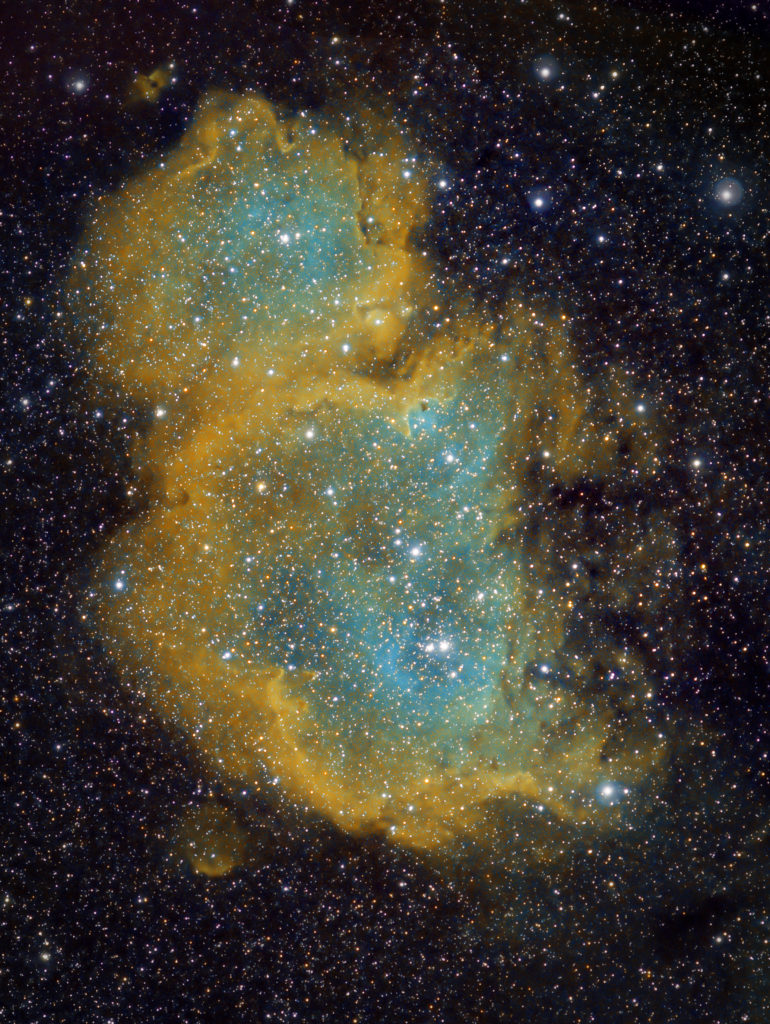
Astrobin:
Astrometry:
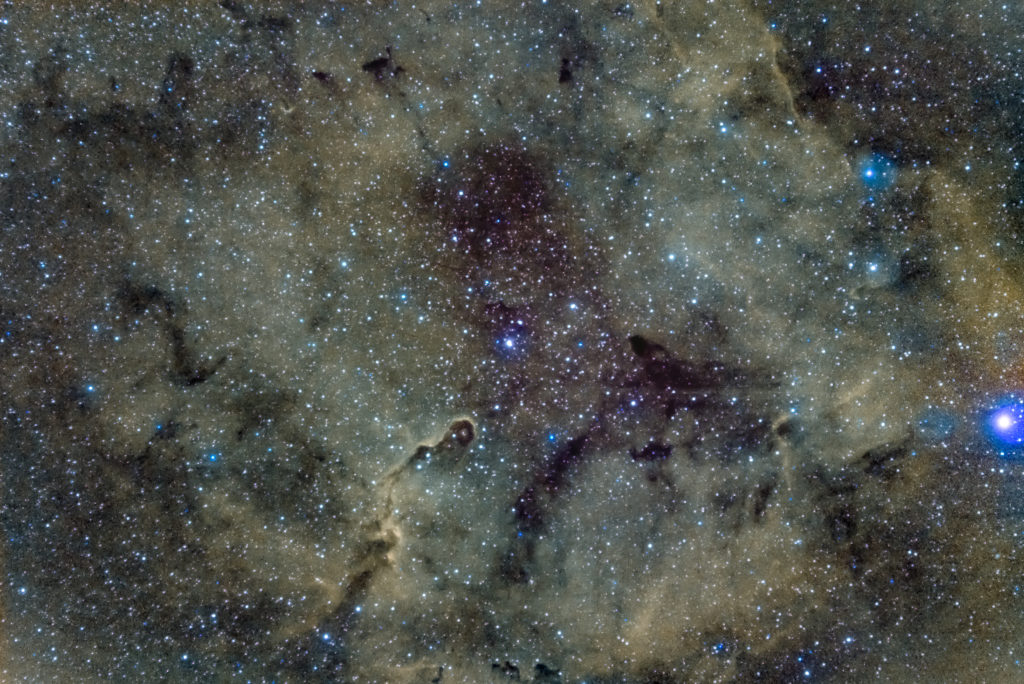
Astrobin:
Astrometry: